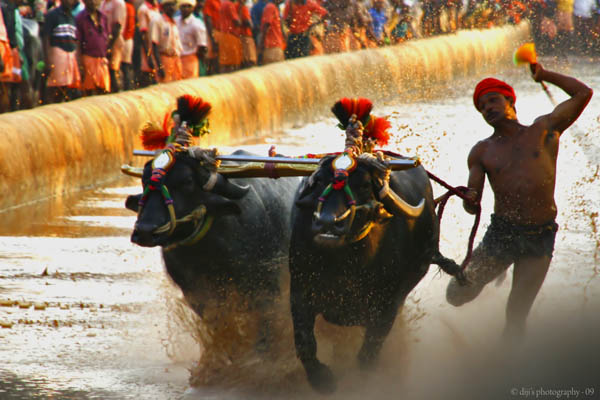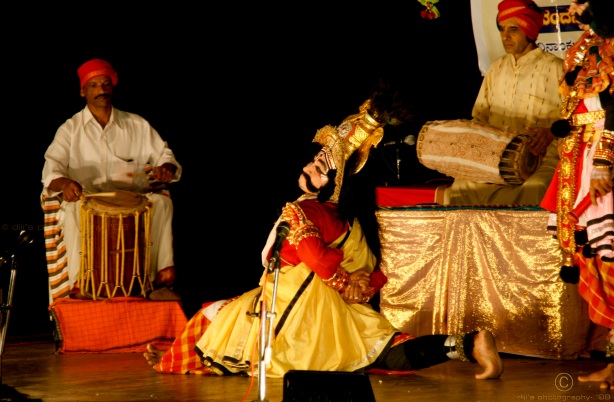
Yakshagana Performance
Yakshagana is a dance drama popular in the state of Karnataka. It is believed to have evolved from pre classical music form and theatrical arts. Yakshagana is popular in the districts of Uttara Kannada, Shimoga district, Udupi, Dakshina Kannada and Kasaragod district. This would be considered to be a form of “Opera” in western eyes. Actors wear costumes and enact the various roles. Traditionally, Yakshaganas would go on all night. It is sometimes simply called as “Aata” in both Kannada and Tulu (meaning play). literally means the song of a Yaksha.
 Yakshagana consists of a Himmela (background musicians) and a Mummela (dance and dialog group) which together perform a “Yakshaga Prasanga”. Himmela consisting of Bhagawata who is also the facilitator (singer), “Maddale”, Hormonium for drone and “Chande” (loud drums). The music is based on pre-Karnataka Sangeetha Yakshagana_Raga” characterised by melodic patterns called Mattu and Yakshagana Talas. Yakshagana Talas are believed to be based on the groves which later have evolved in to Karnataka Sangeetha Talas. The both Yakshagana Raga and Yakshagana Tala have some folk influence. A Yakshagana performance begins at the twilight hours with the beating of several fixed compositions on drums called Abbara or Peetike, for up to an hour before the ‘actors’ get on the stage. The actors wear resplendent costumes, head-dresses, and painted faces which they paint themselves. A performance usually depicts a story from the Hindu epics and puranas. It consists of a narrator(Baghawatha) who either narrates the story by singing or sings precomposed dialogs of a character, backed by musicians playing on traditional musical instruments as the actors dance to the music, with actions that portray the story as it is being narrated.
Yakshagana consists of a Himmela (background musicians) and a Mummela (dance and dialog group) which together perform a “Yakshaga Prasanga”. Himmela consisting of Bhagawata who is also the facilitator (singer), “Maddale”, Hormonium for drone and “Chande” (loud drums). The music is based on pre-Karnataka Sangeetha Yakshagana_Raga” characterised by melodic patterns called Mattu and Yakshagana Talas. Yakshagana Talas are believed to be based on the groves which later have evolved in to Karnataka Sangeetha Talas. The both Yakshagana Raga and Yakshagana Tala have some folk influence. A Yakshagana performance begins at the twilight hours with the beating of several fixed compositions on drums called Abbara or Peetike, for up to an hour before the ‘actors’ get on the stage. The actors wear resplendent costumes, head-dresses, and painted faces which they paint themselves. A performance usually depicts a story from the Hindu epics and puranas. It consists of a narrator(Baghawatha) who either narrates the story by singing or sings precomposed dialogs of a character, backed by musicians playing on traditional musical instruments as the actors dance to the music, with actions that portray the story as it is being narrated.

Sthree vesha or Female role
All the components of Yakshagana, music, dance and dialog are improvised. Depending on the ability and scholarship of the actors variation in dance and amount of dialog may change. It is not uncommon for actors to get into philosophical debates or arguments without going out of the framework of the character being enacted.
With the socio-economic changes of the 19th Century, arts like Yakshagana also changed. The 19th Century produced a big number of compositions. By the early decades of this Century the structure of Yakshagana reached a definite shape and form. Being a theater form, unlike a dance form Yakshagana is more plural and dynamic. 1930’s saw some changes in compositions, organizations and presentation. Dance and the spoken word was further developed and refined. But in costume, a type of degeneration started setting in due to the use of ‘modern’ clothing and stone jewellery, in place of hand loom clothing and wooden ornaments.
The year 1950 saw the birth of ‘tent’ troupes, giving performances to audience by tickets, with ‘tent theaters’ and furniture for seating. These troupes brought in commercialization of Yakshagana, with both merits and demerits. Yakshagana saw major changes in form and organisation, electrical lights replaced the ‘gas lights’ or ‘petromax’ lamps. Seating arrangements improved. Major changes came in the themes, with the inclusion of folk epics, Sanskrit dramas and created (imaginary) stories forming the thematic base. Popular entertainment became the criterion in place of ‘classical’ presentation. Tulu, the language of the Southern part of the D.K. district was introduced on the stage, where hitherto only Kannada was used. This gained great popularity. All these trends continued with added vigor after 1970s, with a new element of influence. Noted writer, Late Dr. Kota Shivaram Karanth experimented with the dance form by introducing Western musical instruments. He also reduced the time of a Yakshagana performance from 12 hours to two and half hours, for the convenience of city dwellers. Another trend that has emerged in modern Yakshagana is the incorporation of movie stories.
Yakshagana has undergone innovation in dance and theatre, which includes performances of Shakespeare
Source: wikipedia.org
© http://www.dijisworld.com-09
 Attur is a village famed for the church it houses. It is located on the outskirts of the Karkala city. The main attraction of this peaceful and seclude place is the shrine of St. Lawrence, established in 1759 AD with remarkably rich history.
Attur is a village famed for the church it houses. It is located on the outskirts of the Karkala city. The main attraction of this peaceful and seclude place is the shrine of St. Lawrence, established in 1759 AD with remarkably rich history.



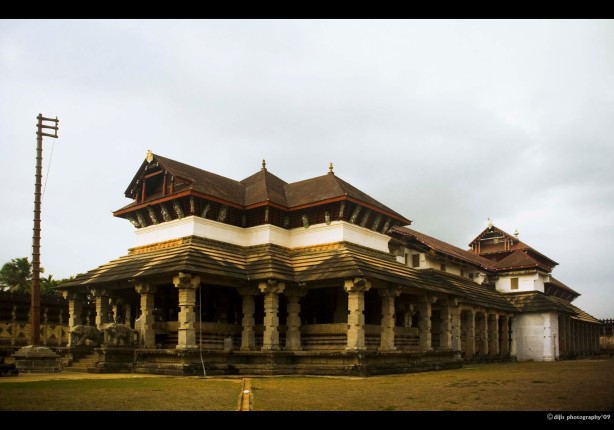
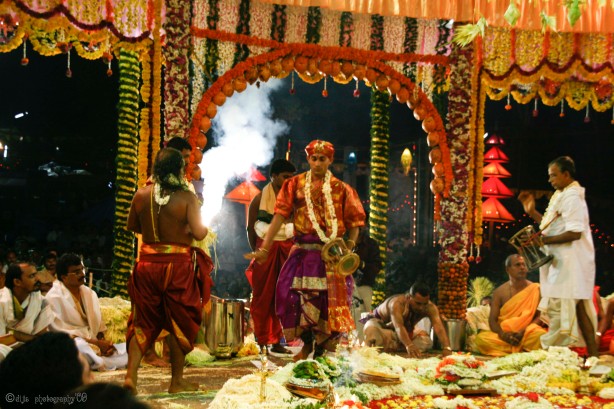






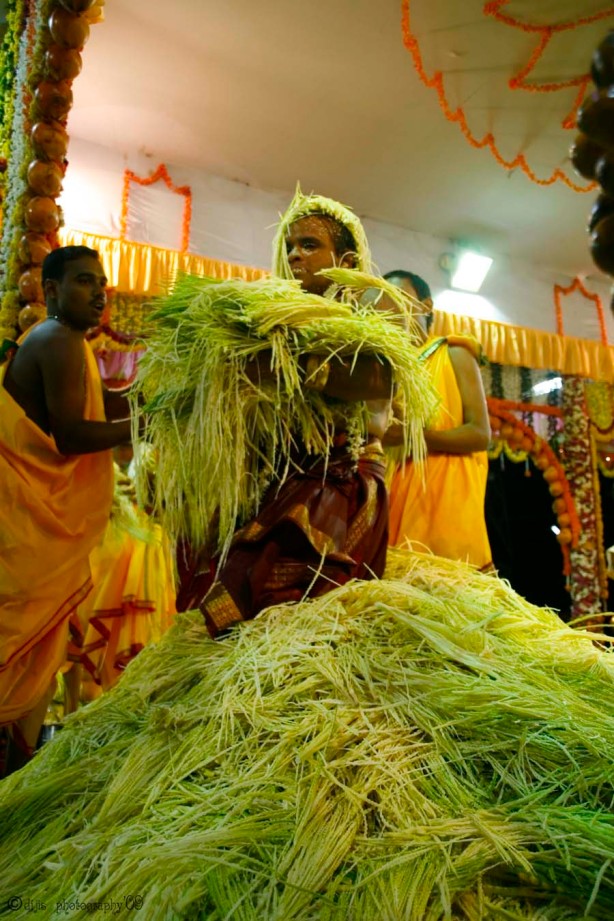
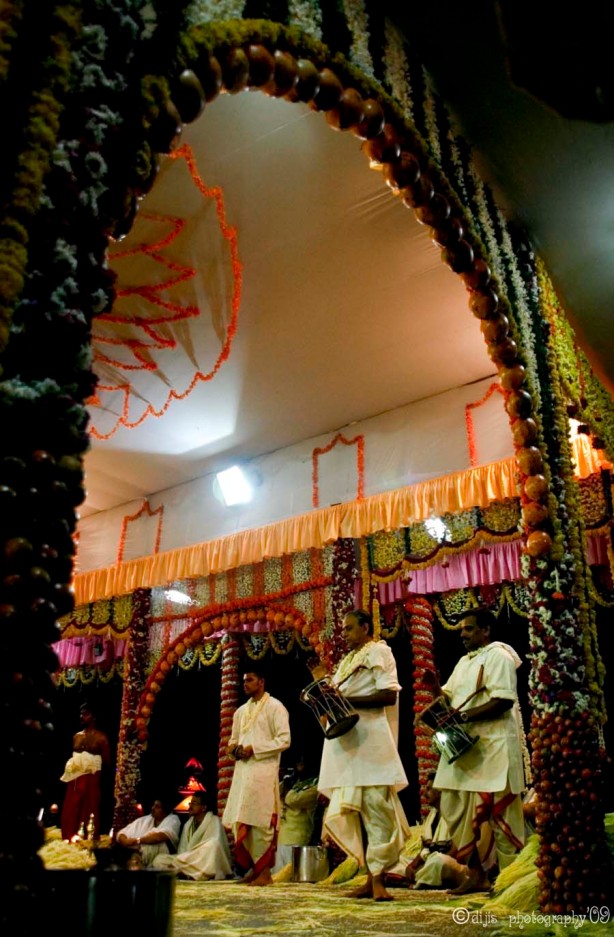

 Yakshagana consists of a Himmela (background musicians) and a Mummela (dance and dialog group) which together perform a “Yakshaga Prasanga”. Himmela consisting of Bhagawata who is also the facilitator (singer), “Maddale”, Hormonium for drone and “Chande” (loud drums). The music is based on pre-Karnataka Sangeetha Yakshagana_Raga” characterised by melodic patterns called Mattu and Yakshagana Talas. Yakshagana Talas are believed to be based on the groves which later have evolved in to Karnataka Sangeetha Talas. The both Yakshagana Raga and Yakshagana Tala have some folk influence. A Yakshagana performance begins at the twilight hours with the beating of several fixed compositions on drums called Abbara or Peetike, for up to an hour before the ‘actors’ get on the stage. The actors wear resplendent costumes, head-dresses, and painted faces which they paint themselves. A performance usually depicts a story from the Hindu epics and puranas. It consists of a narrator(Baghawatha) who either narrates the story by singing or sings precomposed dialogs of a character, backed by musicians playing on traditional musical instruments as the actors dance to the music, with actions that portray the story as it is being narrated.
Yakshagana consists of a Himmela (background musicians) and a Mummela (dance and dialog group) which together perform a “Yakshaga Prasanga”. Himmela consisting of Bhagawata who is also the facilitator (singer), “Maddale”, Hormonium for drone and “Chande” (loud drums). The music is based on pre-Karnataka Sangeetha Yakshagana_Raga” characterised by melodic patterns called Mattu and Yakshagana Talas. Yakshagana Talas are believed to be based on the groves which later have evolved in to Karnataka Sangeetha Talas. The both Yakshagana Raga and Yakshagana Tala have some folk influence. A Yakshagana performance begins at the twilight hours with the beating of several fixed compositions on drums called Abbara or Peetike, for up to an hour before the ‘actors’ get on the stage. The actors wear resplendent costumes, head-dresses, and painted faces which they paint themselves. A performance usually depicts a story from the Hindu epics and puranas. It consists of a narrator(Baghawatha) who either narrates the story by singing or sings precomposed dialogs of a character, backed by musicians playing on traditional musical instruments as the actors dance to the music, with actions that portray the story as it is being narrated.
